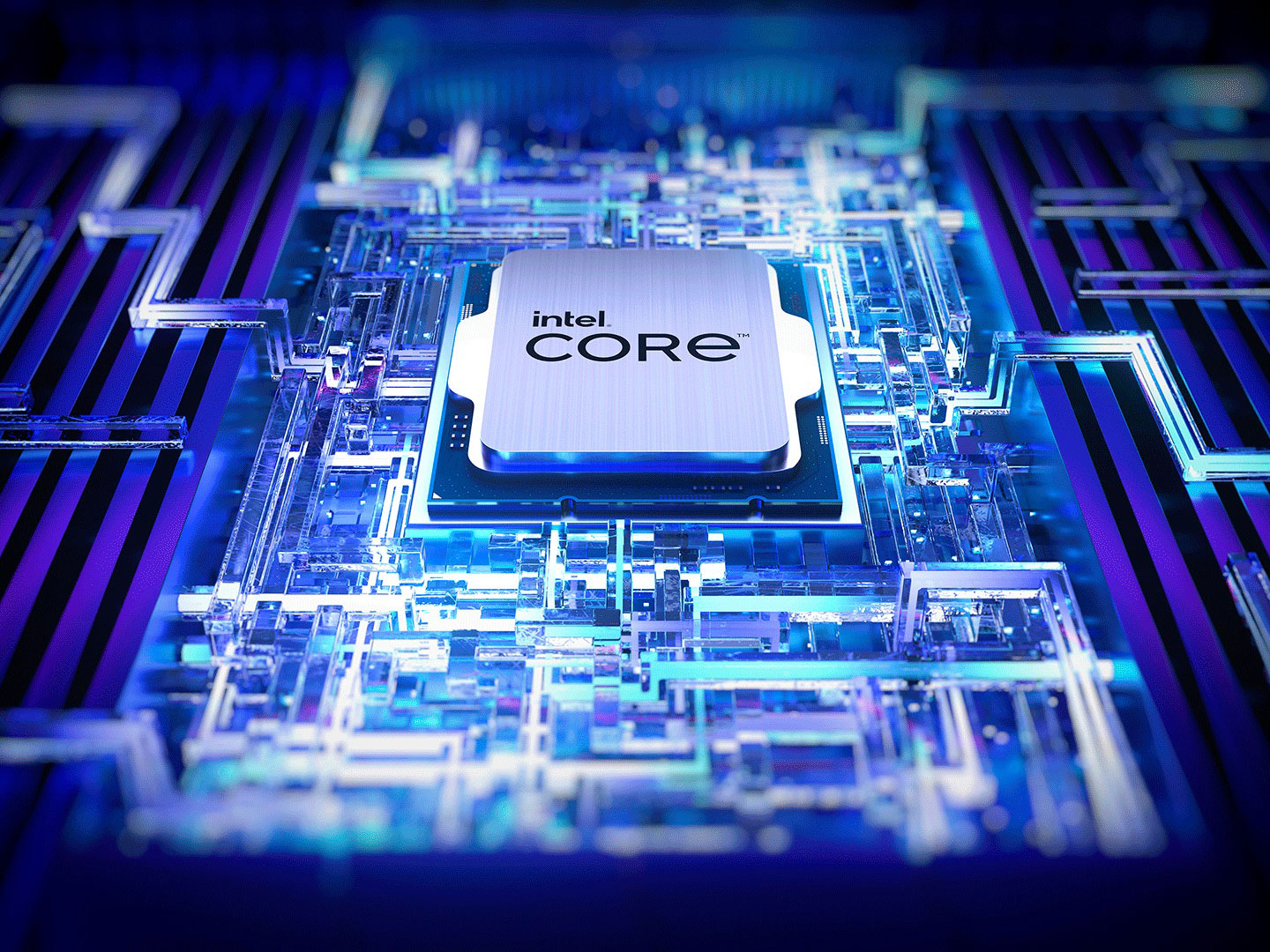Intel Core i9-13900T Shows Extraordinary Efficiency In Early Benchmarks

At CES, Intel introduced 16 new CPU models in its 13th generation family with new clock speeds and power tuning. New Geekbench 5 benchmarks reportedly run on the Core i9-13900T and show excellent performance and power efficiency compared to the older Core i9-12900K.
Intel’s processor naming nomenclature “T” and “K” means that the T-Series processors are designed to dissipate much less heat than their K-Series counterparts. Generally, lower heat corresponds to lower power usage as well.
This is measured as the thermal design point (TDP) in Watts of dissipated heat energy. Intel calls this the Processor Base Power and Maximum Turbo Power. The Turbo Power will be throttled depending on heat, so it usually cannot be sustained for long.
The new Core i9-13900T (8+16 cores) has a Processor Base Power of 35W, compared to the Core i9-12900K’s 125W (8+8 cores). In addition to its updated architecture, the new i9-13900T also features twice as many “efficiency” cores, and there lies the advantage, especially for multithreaded benchmarks.
With Geekbench 5 scores of 2,178 (single thread) and 17,339 (multithread), the new Core i9-13900T shows slightly higher speed than the Core i9-12900K while having a vastly lower TDP, and that’s quite impressive.
It’s not always easy to saturate all 24 cores, but modern operating systems run hundreds of threads and could benefit from such a processor architecture. There’s no doubt that Intel records and runs a lot of application traces to guide its next-generation CPU architectures. Expect real-world improvements.
For now, these are Desktop processors, but it’s not unreasonable to hope for a significant improvement in power efficiency for upcoming Intel mobile processors. As of late, the Intel vs. AMD battle has been fascinating to watch, and users have immensely benefited from the technological progress that Intel had to introduce in its 12th-generation CPUs to stay competitive.
You May Also Like
Popular Right Now
- Ubergizmo’s Best Of K-Startup @ CES
- Intel Core i9-13900T Shows Extraordinary Efficiency In Early Benchmarks
- Ubergizmo’s Top 3 MIK Products @ CES 2023
- Three LG gram Laptops For 2023. The Lightest Got Even Lighter
- Ubergizmo's Best of CES 2023
- HAPTA, Computerized Makeup Applicator For People With Limited Hand Mobility
- EcoFlow Blade Robotic Lawn Mower and EcoFlow Glacier Portable Refrigerator
- Samsung S95C QD-OLED TV, Up To 77-Inches
- Dell UltraSharp 43 4K USB-C Hub Monitor
- Snapdragon 8 Gen 2, Qualcomm’s Flagship SoC: Everything You Need To Know
- Ubergizmo's Best of ITS 2022
- Infinix Zero Ultra and Zero 20 Android Phones Show High Value
- Tesla Model X Moves in “Boat Mode” During Hurricane Ian
- Philips OLED+907 and OLED+937 TVs: Ultrabright and Loud
- Multo, Indoor Farm by Prêt à Pousser (Ready to Grow)
- Invoxia Smart Dog Collar, Intelligent Biometric Collar Delivers Canine E-Health